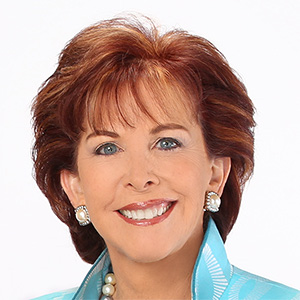The Journey of Farm-to-Table: Understanding Chicken Production
Published in Business Articles
Have you ever wondered how chicken ends up on your plate? Each bite tells a story that begins on a farm and ends at the table.
Behind every meal is a careful process of raising, feeding, and caring for animals. Understanding this journey helps people make better choices about the food they eat. It also highlights the value of ethical and sustainable farming.
The farm-to-table movement brings transparency to how food is grown and delivered. Chicken production is no exception.
This post explains every step of that journey clearly and simply. Read on!
Ethical Farming Starts at the Hatchery
The hatchery is where chickens are first made. This is where baby chicks are born. The chicks can grow up in these hatcheries, which are clean, warm, and safe.
Farmers with good morals make sure that chicks are handled gently and get the right care from the start. How healthy these young birds are depends on how good their environment is. Responsible hatcheries follow strict rules to help the development of chicks.
Nutritious Feeding and Proper Care
It is important for chickens to have a healthy diet with grains, proteins, vitamins, and minerals. To make sure chickens grow up strong and healthy, farmers keep a close eye on the quality of their food.
Providing them with clean air and water is also very important. People get regular health checks to keep themselves healthy and reduce stress. A healthy chicken makes better meat and helps keep food safe for people to eat.
Living Conditions and Animal Welfare
Proper housing is essential for chicken well-being. Many farms use large barns that protect birds from harsh weather and predators.
Chickens are given space to move, roost, and express natural behaviors. Farmers aim to reduce overcrowding and avoid harmful conditions. The focus on animal welfare has increased, and many farms now follow strict humane standards.
Safe and Clean Processing
Once chickens reach maturity, they are sent to processing facilities. These facilities follow rules to keep things clean, safe, and efficient.
Workers are trained to handle chickens respectfully and hygienically. The meat is cleaned, inspected, and packaged according to safety laws. Quality checks help prevent contamination and ensure that only safe chicken reaches stores and homes.
Transportation and Cold Chain Delivery
After packaging, chicken meat is kept at cold temperatures to stay fresh. This process is called the “cold chain” and includes trucks, storage, and retail transport.
Quick and efficient delivery ensures that the chicken arrives in top condition. Temperature control is closely monitored at every stage. This step is key in preserving flavor, texture, and safety.
Fresh Chicken Reaches Your Table
Finally, the chicken arrives at stores, markets, or restaurants. Labels may include details about how and where the chicken was raised. Many buyers now look for chicken that comes from trusted farms with ethical practices.
Choosing products from known sources supports better farming systems. For example, choosing chicken from trusted farms like Grain Field Chickens helps encourage healthy and transparent food production.
The Farm-To-Table Journey of Chicken Production
Understanding the farm-to-table journey of chicken helps people value the effort behind every meal. From hatcheries to your plate, every step plays a role in delivering quality food. This process includes careful feeding, safe environments, clean processing, and timely delivery.
Supporting ethical farming means supporting healthier lives for animals and people. The next time chicken is on the menu, it’s worth remembering the journey it took. Learning about this process brings people closer to their food and the farmers behind it.
Did you like this guide? Great! Please browse our website for more!











Comments